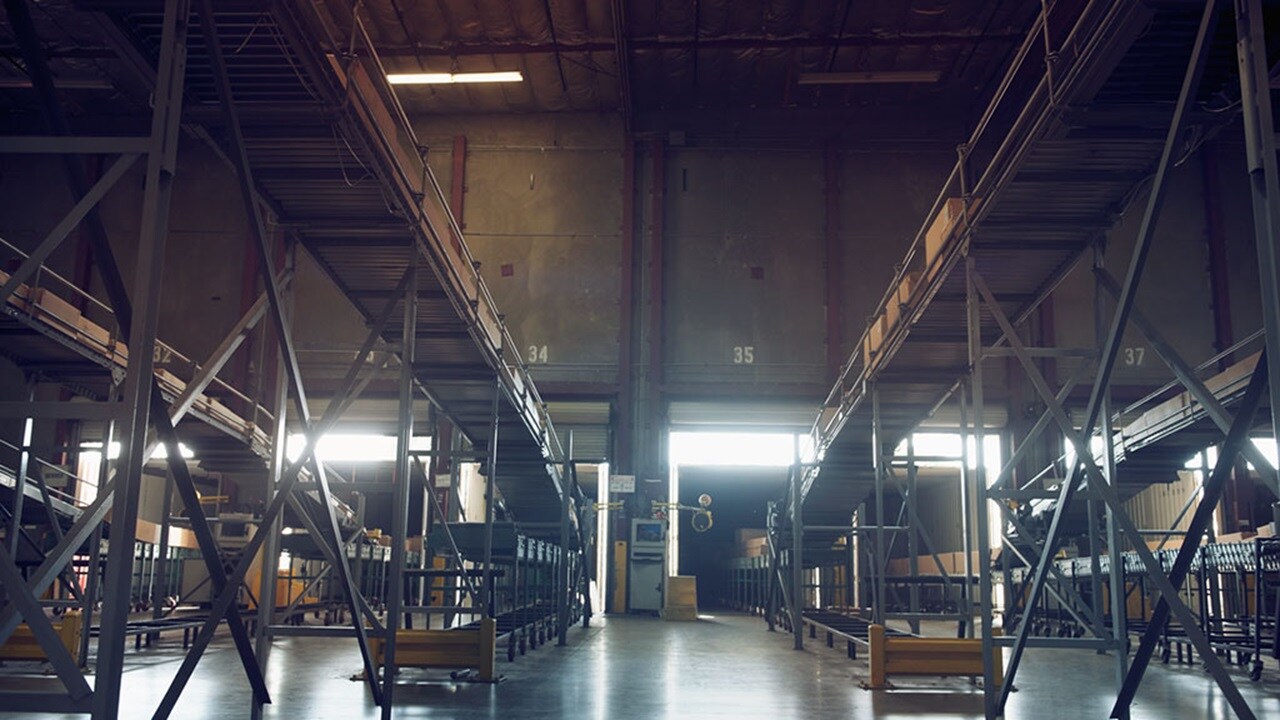The fifth-generation wireless (5G) market is accelerating, bringing huge potential to transform global supply chains.
5G is the new standard for cellular networks and wireless technology and the successor to 4G networks. It brings the promise of unrivalled data download and upload speeds, broader coverage, and more stable connections. After debuting in 2019 in the United States, 5G networks have now launched in more than 70 countries. According to the global industry body, GSMA, 5G now covers half of global markets and almost one-third of the world’s population, progressively replacing 4G. PWC estimates 5G will reach a global economic value of USD 13.2 trillion by 2032.
4G propelled supply chain digitalisation, but 5G in logistics will bring supply chain technology to new heights.
What is 5G in supply chain operation?
The International Telecommunications Union explains that 5G networks could deliver:
- 1,000 times more mobile data per area
- 100 times the number of connected devices - up to 1 million per square kilometre
- 100 times higher user data rate, which relates to the speed of transmission
- Five times reduced end to end latency (response time)
Global logistics are increasingly complex. Channels are fragmented, there are more product variations than ever before, and consumer expectations around product availability and delivery are high. Advanced technologies – such as computing, machine learning, the internet of things (IoT), artificial intelligence, and robotics – can improve the efficiency of every stage of the supply chain. 5G can support technology, improving its speed, accuracy, and reliability. It offers vastly better connectivity. This boosts end to end visibility and stability, allowing for predictable decision-making.
A recent survey by KPMG found only 13% of businesses currently have complete visibility of their supply chain. The unprecedented data download and upload speeds, broader coverage, and more stable connections mean that huge quantities of data could be transferred in near real-time with 5G in logistics. This gives companies unprecedented visibility, which equips them to plan more effectively and to respond to disruptions with agility. With more information on the products at every stage of the supply chain, business can better plan their capacity and resource allocation ahead of time. They can identify opportunities to streamline operations and operate more efficiently. They can also reduce the risk and impact of delays and disruptions and respond with agility.
Advancing supply chain digitalisation and resilience
5G in logistics can benefit all stages of the supply chain. For example, it has huge potential for inventory management and intelligent transportation systems.
Within a warehouse, 5G can eliminate the challenge of connecting multiple wireless devices in a space across hundreds or thousands of square metres. That means that everything from wireless cranes and forklifts to handheld devices can be connected, with the bonus of increased speed. 5G also facilitates more accurate warehouse management systems, which offer more precise inventory tracking. For example, it can capitalise on the use of ‘smart shelves’ using IoT sensors that offer real-time visibility. These flag when a product is running low and needs to be reordered, ensuring continuous availability without overstocking.
5G is also a game changer for autonomous vehicles. Sensors, cameras, and other interconnected devices communicate across a network and relay instructions to the vehicle. When this network is supported by 5G it allows for self-driving systems to be more reliable, accurate, and safer. This means they can also be programmed to run faster. Autonomous vehicles are currently confined to controlled environments like warehouses, but 5G could open the door to autonomous trucks on public roads.

New opportunities for supply chain technology
In addition to handling more data, faster, 5G allows for network slicing. The Institute of Electrical and Electronics Engineers (IEEE) defines this as the ability to ‘slice’ a network so that multiple, unique networks can be created on top of the common physical infrastructure. Each individual network can be designed to serve a specific business purpose, which means it is more efficient, more flexible, and better performing. Network slicing is not new, but 5G is accelerating its potential.
Network slicing could be applied to fleet management. For example, a 5G network slice could be customised for vehicle-to-everything (V2X) services. This is communication between a vehicle and any entity that may affect or be affected by the vehicle. It involves technology including sensors, cameras, and wireless connectivity. Newsweek describes it as ‘the on-road extension of the IoT’. Network slicing would allow vehicles to exchange data with each other, with the infrastructure and any other relevant entity or entities in a more secure way.
5G in logistics can make the movement of products easier and more accurate. On top of allowing smart devices to communicate in speeds close to real time, it can also better support new applications like virtual reality and augmented reality (AR), which have great potential to transform the supply chain. This will enhance the capabilities for vision picking, for example, where warehouse employees picking orders are given visual cues through smart glasses. This will improve accuracy and raise productivity.
The future of 5G in supply chain management
There are some barriers to overcome before the full potential of 5G in logistics can be realised. Top of the list is the availability of 5G networks and 5G-enabled devices, which logistics companies are taking steps to overcome. Over half of third party logistics companies were investing 1 to 10% of their annual information technology budget in 5G rollout and integration, according to the Council of Supply Chain Management Professionals’ latest report. Meanwhile, Gartner predicts that 60% of communication services providers will offer 5G services by the end of 2024.
Longer-term, 5G is offering the logistics industry an opportunity to become faster, more reliable, and safer. It can boost agility and efficiency. With the right investment and implementation, 5G in logistics will be nothing short of game changing.
未来,您想随时了解必读行业趋势吗?
您已经完成了,欢迎“登船”!
很抱歉,发送您的联系请求时出现问题。
请查看表单字段,确保所有已正确填写所有必填信息。如果问题仍然存在,请联系我们的支持团队以获得进一步的帮助。
未来,您想随时了解必读行业趋势吗?
使用此表格注册,即可直接在您的邮箱中接收我们的洞察见解,进入一个真正的综合物流世界。简单操作,即从我们为您量身定做的精选文章中获得启发,了解相关行业洞察信息。您可以随时取消订阅。













